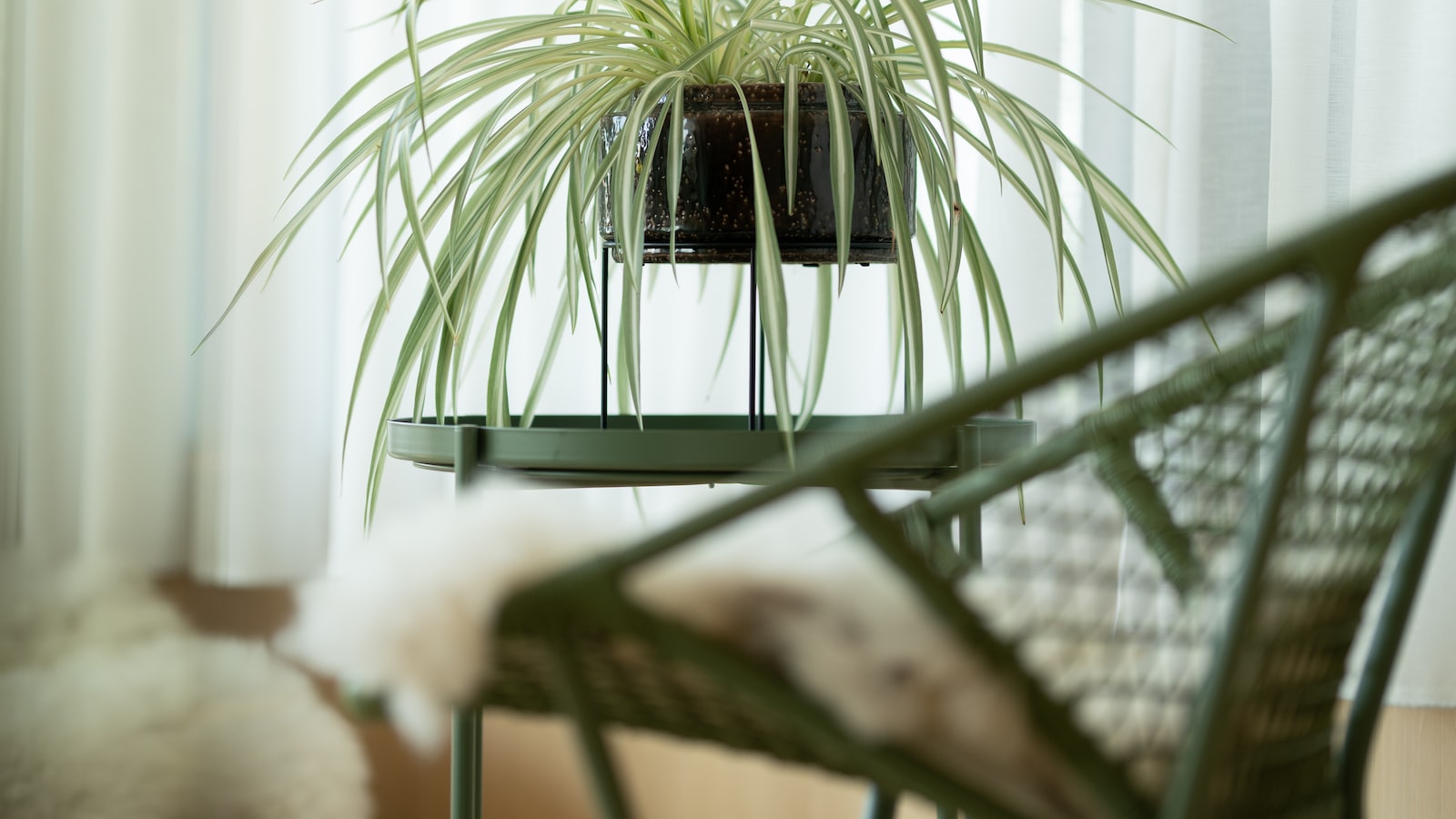Growing Peppers Indoors – Guidelines & Tips
Indoor gardening is becoming increasingly popular as more and more people are looking to grow their own food in the comfort of their own homes. Peppers are a great vegetable to grow indoors all year round, and with the right planting and care they can produce a steady supply of the spicy vegetable. Here are a few guidelines and tips to help you get started successfully growing your own peppers indoors.
Choosing The Right Variety
When choosing the right variety of pepper for indoor growth, it is important to consider a few factors such as the maturity rate, the ideal temperature range, and how much sun the plant will need. Some varieties are better suited for indoor growth than others, and some may require more sun than others. Be sure to do your research and select a variety that is best suited to your environment.
Location & Sunlight
Unlike outdoor pepper plants, indoor pepper plants need to be in the direct sunlight to thrive. This means that choosing the right spot in your home can make a big difference. Ideally, your peppers should be placed in an area where they will get at least 6 hours of direct sunlight per day. If you are unable to achieve this, you may need to invest in grow lights in order to get the necessary light for the peppers.
Soil & Water
The soil you use for your indoor pepper plants should be a well-draining potting soil that is lightly mixed with compost or perlite. You will also need to ensure that the pot is large enough to accommodate the roots of the plant, as this will help to give the pepper’s roots enough room to spread out in order to absorb the nutrients they need to grow.
The pepper plants will need to be watered deeply and regularly, but be careful not to overwater them as this can cause the roots to rot. Check the soil regularly and water the plants only when the top few inches of soil begin to feel dry.
Temperature & Humidity
Pepper plants like to be in temperatures between 75-80°F (24-27°C). If your home or garden temperatures are lower than this, then you may need to consider investing in some additional heating or cooling equipment to regulate the environment.
Peppers also prefer high humidity levels, so it is important to keep an eye on the humidity levels in your home. You can create a humid environment by misting the leaves of the plant regularly, or by placing a moisture-filled tray near the plant. Both of these methods are effective in increasing the plant’s humidity without overwatering.
Pests & Diseases
Indoor pepper plants can be vulnerable to pests and diseases, just like their outdoor counterparts. It is important to monitor your pepper plants and watch out for signs of any problems such as wilting, yellowing leaves, or stunted growth. If any of these signs are spotted, you should take immediate action to contain and treat the problem.
Harvesting & Storage
When the peppers have grown to their desired size and color, they can be harvested and enjoyed. It is important to store any excess peppers carefully, by wrapping them in a paper towel and keeping them in a sealed container. This practice will help keep them fresh for an extended period of time.
Conclusion
Growing peppers indoors can be a rewarding experience and a great way to get a steady supply of the spicy vegetable all year round. By following the above guidelines and tips, you can help ensure that your peppers are successful and plentiful. Best of luck with your indoor pepper- growing venture!



